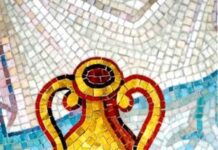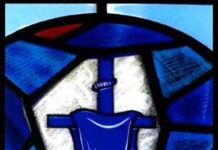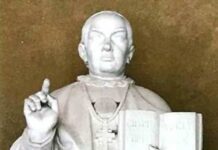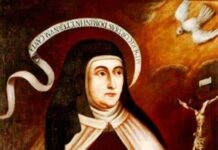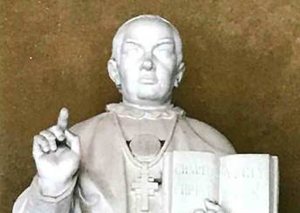(1807-1870), Bishop, Missionary, Founder
Anthony was born in Sallent in the Diocese of Vich in Catalonia, Spain in 1807. His father was a weaver, and he learned his father’s trade as a young man. He made a major shift in 1829 when he entered the seminary in Vich, and he was ordained to the priesthood in 1835.

Father Anthony had a great desire to become a missionary, and after serving briefly at his home parish, he went to Rome to seek missionary work at the Propagation of the Faith. He also explored a possible calling to the Jesuits, entered the novitiate, became ill, withdrew, and returned to his native Spain.
Father Anthony was assigned to a parish, but his main ministry over the next ten years was as a missionary traveling from one parish to another throughout the rural areas of Catalonia. He preached retreats and conducted parish missions and clergy conferences. He spoke with incredible zeal, attracted large crowds, and it is estimated that he preached twenty-five thousand sermons over his life. He also was a prolific author and wrote over two hundred books and pamphlets. His most famous book was The Right Way which promoted fidelity to the gospel.
His popularity aroused the jealousy and animosity of the local clergy, and in 1848 he was forced to flee to the Canary Islands where he spent the next year. He returned to Catalonia in 1849, resumed his preaching, gathered a group of five priests, and founded the Missionary Sons of the Immaculate Heart of Mary, the Claretians, who have a special charism for missionary work.
In 1850 he was appointed the archbishop of Santiago, Cuba, which proved to be an incredibly difficult assignment. The diocese had been without a bishop for fourteen years, laxity had crept into the clergy, and he conducted a vigorous reform which was not well received. He was a Spaniard, and there was a strong movement within the country against Spain as it strove for independence. He preached against the slavery of the Negroes which was opposed by slave owners. He had a warm pastoral heart, made regular visits to the parishes, had a sincere compassion for the poor, and worked to establish credit unions to help the poor build savings. He was unsuccessful in establishing a school of agriculture but was able to found the Apostolic Institute of Mary. There was a strong anti-Christian sentiment within the country, and resistance to his initiates was so intense that he received numerous death threats and there was one assassination attempt. He resigned in 1857 and returned to Spain.
Archbishop Claret became the personal confessor to Queen Isabella II. While at the royal palace most of the time, he was able to preach on a limited basis. He was a strong proponent of education, served as rector of the seminary at the Escorial in Madrid, founded the Academy of St. Michael for artists and writers, established a science laboratory, a museum of natural history, and an association of artists and writers. The Spanish Revolution took place in 1868. Queen Isabella II fled to France. Archbishop Claret was in Rome to prepare for the First Vatican Council, he departed and followed his queen to France, took up residence at the Cistercian Monastery in Fontfroide, was placed under house arrest, and died there on October 24, 1870, at the age of 63. He was beatified in 1934 and canonized a saint in 1950. He is the patron saint of weavers, savings banks, and the Claretians.



